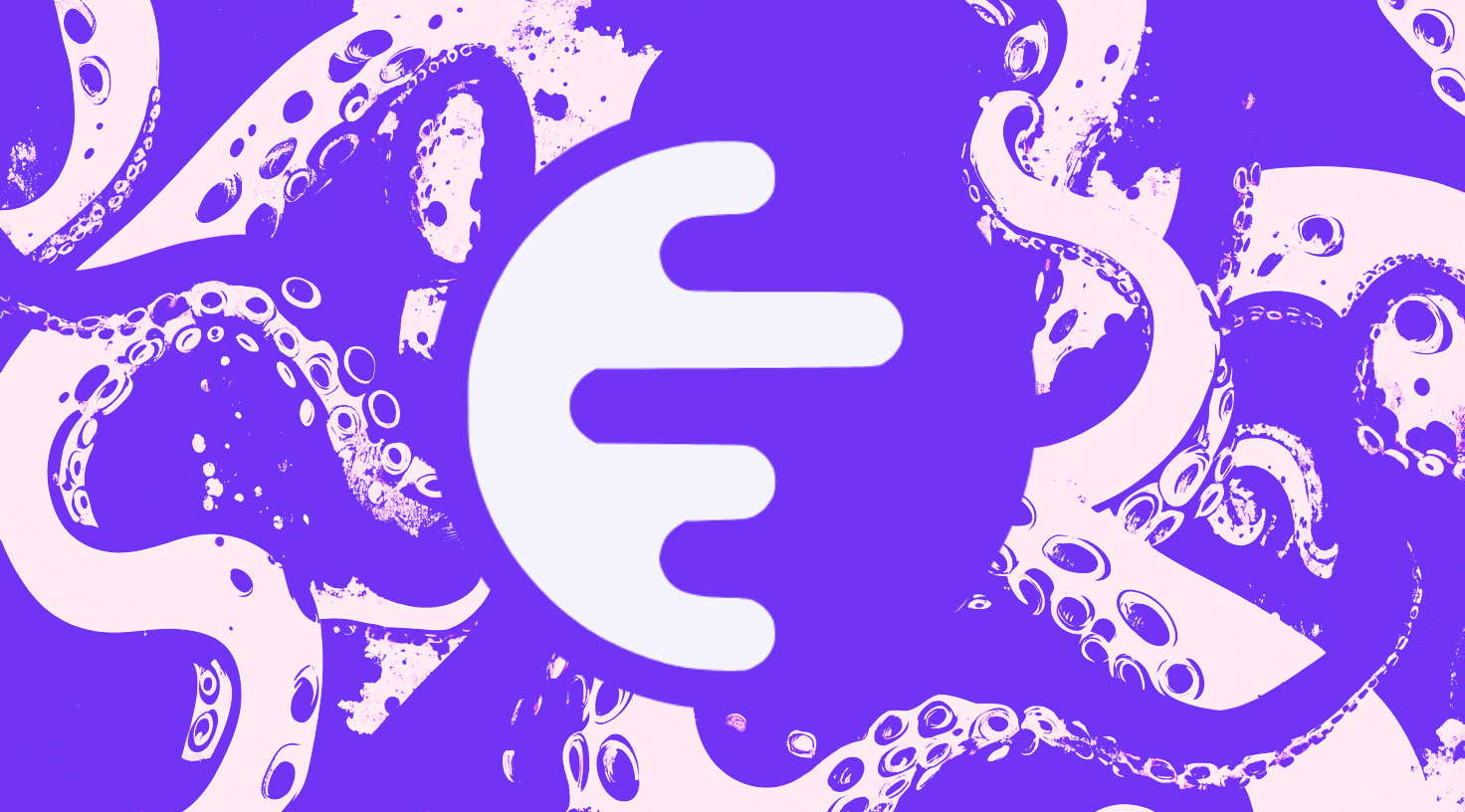The Superchain Won

Ethereum's weave of L2s has always been a little messy. But the top L2s have been fiercely battling over the years to entice developers to build into their respective interconnected ecosystems.
The dust is settling and top developer teams are continuing to choose a single player – Optimism's Superchain.
This article will break down who is building on the OP Stack and why the Superchain has won the battle for developer hearts and minds 👇
The Superchain’s Market Position
In the competitive blockspace marketplace, where many chains offer similar services, securing market share requires more than just good technology; it demands innovative use cases and strategic growth. Optimism has excelled at this by employing top-tier business development which has transformed the Superchain from a bold name into something truly dominant.
One Movement. One collective. One mission.
— binji (@binji_x) October 17, 2024
Here’s Ethereum’s Superchain (so far)
🔴 @Optimism - Governance/Neutral blockspace
🔵 @base - Top CEX/onchain on-ramp
🦄 @unichain - Top DEX
⚪️@worldcoin - Identity/AI
💿@soneium - Mass Consumer Media
⚫️@Shape_L2 - Creator Chain…
Though total value locked (TVL) on OP Mainnet continues to lag behind competing L2s like Arbitrum and Polygon, the Superchain reigns supreme, largely thanks to Base, which recently overtook Arbitrum in TVL, according to DefiLlama.
While Arbitrum and other L2s have tried to scale ecosystems of interconnected blockchains, they have all seen limited success relative to Optimism.
This is due to incredible network effects of the Superchain, which has appeared to effectively win the memetic battle and become the prime real estate for onchain development.
This does not totally diminish the significance of other L2s, which will continue to play an important role in scaling Ethereum, but the takeaway here is that the OP Stack has clearly become the de facto place to build for the industry's largest players.
The Superchain’s Roster
Optimism's modular design has enabled some of the industry’s biggest players to build influential products under the Superchain's umbrella. A recent example is World Chain, a Superchain rollup launched by World (formerly WorldCoin), the Web3 brainchild of OpenAI CEO Sam Altman.
World Chain is designed to be a network of verifiably real humans. It is potentially Web3’s most developed identity system built to date. This is evidenced by the 7 million unique users already verified on World Chain. As of August, there were more unique wallets holding $20 of WLD tokens on Optimism than unique wallets holding $20 of USDC across all Ethereum networks combined.
Proof of personhood will have an even bigger impact when users can access it through simple, intuitive interfaces.
— Optimism (@Optimism) October 17, 2024
We're excited to help @Worldcoin’s World Chain onboard the next 100M humans, and beyond -- as the Superchain continues to expand.
Another heavyweight who recently signed on to the Superchain is Uniswap, with their launch of Unichain—a dedicated rollup aimed at becoming the Superchain’s liquidity hub. As the largest DEX in crypto, Uniswap facilitates trillions of dollars in trading volume for millions of users. By consolidating liquidity within the Superchain, Unichain aims to eliminate the inefficiencies of fragmented liquidity across different chains, signaling the Uniswap Foundation's belief that the Superchain is where the bulk of user activity will converge.
Unichain is built on the Superchain
— Unichain (@unichain) October 21, 2024
That means technical innovations introduced by Unichain are open source, and available for any rollup to adopt
Because the best way to scale Ethereum is together 🤝 pic.twitter.com/2GTCNavF3h
Then there’s Base, Coinbase’s most ambitious on-chain venture. Known for lightning-fast transactions and sub-cent fees, Base has quickly become a top choice for dApps and developers. The exponential growth of Base has driven meaningful adoption to the Superchain, showcasing the power of network effects. The network’s exponential growth is one of the year’s most important crypto stories, and it is poised to continue playing a central role into the future.
Lastly, as of this week, Kraken announced its introduction to the Superchain with a brand new L2 of their own, called Ink. Ink looks to be a direct competitor with Base; in the long run, though, both serve to benefit the wider Superchain ecosystem.

Optimism’s Vision and Philosophy
Optimism’s mission, described as “forking capitalism,” aims to realize a vision for finance that emphasizes better value alignment and increased accountability. This philosophy is reflected in both the network's design and its governance, which is led by the Optimism community. The network's inclusive architecture and open-source principles support a decentralized economy where participants collectively shape the rules. This vision challenges traditional centralized, profit-driven models by offering one that prioritizes community ownership and inclusion.
Further, the Superchain's economic model is structured to create shared incentives across all chains built on the OP Stack. Optimism, and its $OP token, benefit directly from a revenue-sharing arrangement where a portion of the fees generated by activity on individual chains, like Base or Ink, flows back to the main network. This optional framework ensures that growth on some Superchain rollups strengthen the overall ecosystem, turning potential competition into collaboration.
This revenue-sharing model not only scales Ethereum’s technology but also aligns with the network’s principles of decentralization and sustainable growth. By enabling chains to contribute to the economic vitality of the ecosystem, Optimism positions itself to grow alongside the expanding network.
Future Outlook
Although Optimism’s Superchain is the undeniable current leader in Layer 2 scaling, we're still early to rollups. Major players outside of Web3 are still in the early stages of exploring what’s possible onchain, leaving room for other players to capture market share and challenge this narrative in the years to come.
As the Superchain’s network effects continue to expand though, it will be increasingly difficult for other players to lure new activity elsewhere – especially as the next generation of users get onboarded into a unified Superchain user experience. Optimism’s growth today is setting the foundation for long-term dominance in the Ethereum ecosystem.
